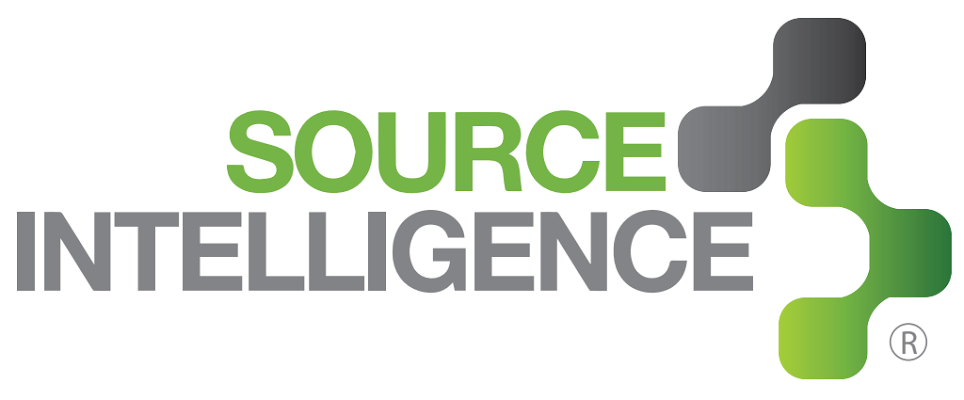Chemical Footprinting to Reduce Environmental Impact
In today’s world of consumer products, the things we use in our daily lives have an environmental impact.
Chemical Footprinting: Identifying Hidden Liabilities in Manufacturing Consumer…
In today’s world of consumer products, the things we use in our daily lives have an environmental impact. Whether it be your computer monitor, cell phone or the shoes on your fee In today’s world of consumer products, the things we use in our daily lives have an environmental impact. t, chances are the companies who manufactured the product have calculated the total amount of carbon, water and land associated with the entire process. According to the article “Chemical Footprinting: Identifying Hidden Liabilities in Manufacturing Consumer Products” this “footprinting,” was developed in the 1990s, as a way to capture and quantify human actions on the environment. Footprinting can be used for a variety of different things. It can be used to see how many resources such as land, fuel and agriculture are necessary to sustain an urban population. At the corporate level, “footprints are used to sum up the indirect environmental impacts that occur along a company’s supply chains,” says Tommy Wiedmann, a footprinting expert and associate professor of sustainability research at Australia’s University of New South Wales. Companies usually make this information public with the increased demand for transparency from shareholders and consumers.
What about the environmental impact from chemicals associate with making products? Chemical management has been a requirement for workplace safety for decades, but recently chemical footprinting has become an addition to companies’ ecological footprint. In 2007, the European Union created the Registration, Evaluation, Authorization and Restriction of Chemicals (REACH), which affects companies around the world. REACH requires companies that produce or import goods to Europe, commonly understood to be finished products containing greater than .1% of chemicals on the predetermined Substances of Very High Concern (SVHC) list are required to have documentation for all products. Regulations similar to REACH have already been taken into effect in the United States with California’s Prop 65.
Companies that have a proactive approach to their social responsibility in regards to footprinting, have a better understanding of what’s required when regulations go into effect. Source Intelligence makes chemical management easy with their powerful cloud based platform that allows you to communicate your chemical inventory to suppliers and customers. If you are interested in getting more information on Source Intelligence’s chemical management process, find out here.

